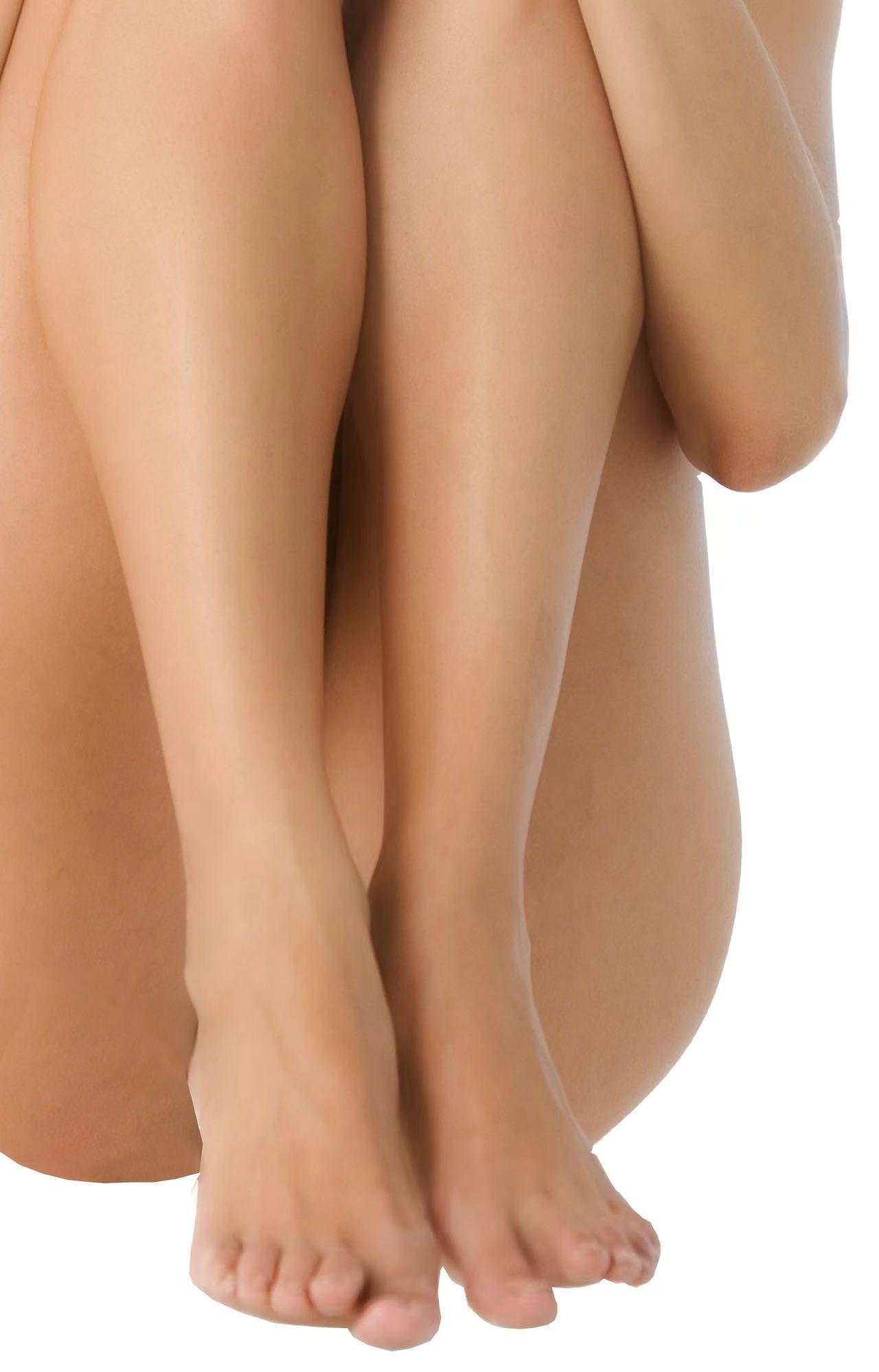How Laser Hair Removal Works Discover Its Impact on Your Skin
Laser hair removal, often considered a revolutionary hair removal technique, has gained significant popularity in recent years. This procedure utilizes cutting-edge technology to offer a more permanent solution to unwanted hair compared to traditional methods like shaving or waxing. But how exactly does laser hair removal work, and what impact does it have on your skin?

A Closer Look at Laser Hair Removal Technology
Basics of Laser Hair Removal
Laser hair removal fundamentally involves using concentrated light to target and destroy hair follicles. The laser emits light at a specific wavelength, which is absorbed by the melanin (pigment) in the hair. This light energy is converted into heat, damaging the hair follicle, inhibiting future hair growth. It’s a precise method aimed at treating multiple hair follicles simultaneously without affecting the surrounding skin tissue.
The Science Behind Laser Emission
The science behind laser emission is rooted in selective photothermolysis. This process relies on the concept that light wavelengths can be chosen to selectively target specific tissues while leaving others unharmed. In the context of laser hair removal, the melanin in the hair absorbs the light, causing thermal damage specifically to the hair follicle. This damage disrupts the hair growth cycle, effectively reducing hair growth over multiple treatments.
How Laser Hair Removal Devices Work
Types of Lasers Used in Hair Removal
Several types of lasers are utilized in hair removal procedures, each with unique characteristics that make them suitable for different skin tones and hair types.
Alexandrite Lasers
Alexandrite lasers, operating at a 755 nm wavelength, are highly effective for individuals with light to olive skin tones and darker hair. They offer fast repetition rates, making the treatment quicker and more efficient. However, they may not be suitable for darker skin tones due to the risk of hyperpigmentation.
Diode Lasers
Diode lasers, which function between 800 and 810 nm wavelengths, are versatile and safer for darker skin tones. They penetrate deeply into the hair follicle and offer a balance between efficacy and safety. Diode lasers can treat both coarse and fine hair types effectively, making them a popular choice in clinics.
Nd:YAG Lasers
Nd:YAG lasers operate at a 1064 nm wavelength, making them highly suitable for darker skin tones. They have a longer wavelength, which allows for deeper penetration with minimal damage to the epidermis. While they may require more sessions to achieve desired results, their safety profile for darker skin is exceptional.
Laser hair removal is now widely used in the beauty industry. Since its inception in 2003, Anchorfree has focused on the manufacturing of aesthetic and medical aesthetic devices based on laser, light-based, RF, vacuum, ultrasound, and EMS technologies. We are committed to developing and delivering high quality products with cutting-edge technology to our global partners and customers.
The Procedure of Laser Hair Removal
Understanding the procedure of laser hair removal can help alleviate concerns and ensure optimal preparation and aftercare.
Preparation Before Treatment
Prior to undergoing laser hair removal, patients are usually advised to avoid sun exposure and tanning products to minimize the risk of side effects. Shaving the treatment area a day or two before the session is also recommended to ensure the laser can target the hair follicle effectively without burning the hair above the skin’s surface. Avoiding waxing or plucking for several weeks before the treatment is crucial, as these methods temporarily remove the hair follicle.
The Treatment Process
During the treatment, the technician will use the laser device to deliver concentrated light to the hair follicles in the targeted area. You may experience a snapping sensation or mild discomfort, often likened to a rubber band being snapped against the skin. To enhance comfort, a cooling gel or device may be applied. The duration of the treatment varies depending on the size of the area being treated, ranging from a few minutes to an hour. Multiple sessions are typically required to achieve optimal results, as hair grows in cycles and the laser can only target follicles in the active growth phase.
Aftercare Guidelines
Post-treatment care is crucial to ensure the best results and to minimize side effects. Avoid sun exposure and use a high-SPF sunscreen to protect the treated area. Applying a soothing aloe vera gel can help alleviate any immediate discomfort and reduce redness. It is also essential to avoid hot showers, saunas, or vigorous physical activities for at least 24 hours post-treatment to allow the skin to heal properly. Following your technician’s specific aftercare instructions will ensure a smoother recovery and better overall outcomes.
Effects of Laser Hair Removal on the Human Body
Immediate Effects Post-Treatment
Right after the procedure, you might notice some redness and swelling in the treated area, resembling a mild sunburn. This reaction is normal and typically subsides within a few hours to a couple of days. Applying a cold compress can help soothe any discomfort. You may also observe some hair shedding in the following weeks, which is part of the process.
Long-Term Benefits and Results
On a long-term basis, laser hair removal significantly reduces hair growth in the treated areas. Most individuals experience a 70-90% reduction in hair growth after completing multiple laser sessions. The hair that does grow back tends to be finer and lighter in color, making it less noticeable. The need for frequent shaving or waxing diminishes, offering convenience and freedom from constant hair removal routines.
Potential Side Effects and Risks

Skin Irritation and Redness
The most common side effects include temporary skin irritation and redness, which usually resolves on its own. Maintaining proper aftercare can mitigate these issues.
Changes in Skin Pigmentation
Hyperpigmentation (darkening of the skin) or hypopigmentation (lightening of the skin) can occur, especially if the aftercare guidelines are not followed. These pigmentation changes are usually temporary but can take weeks or months to fully resolve.
Rare Complications
While rare, there are some potential complications such as blistering, crusting, or scarring. Ensuring treatment by a qualified professional minimizes these risks. Inform your technician about any skin conditions or medications you’re using that might affect your skin’s sensitivity.
Through many years of operation, Anchorfree has formed an experienced and talented research and development teams. We will be continuously focused to develop the products with strong technical advantages and seek independent innovation and provide a high-class services for our partners and customers around the world.
Comparing Laser Hair Removal with Traditional Methods
Efficacy of Laser Hair Removal Versus Shaving and Waxing
Shaving and waxing provide temporary hair removal solutions that can be time-consuming and often lead to issues such as ingrown hairs and skin irritation. In contrast, laser hair removal presents a more permanent approach that targets hair at the root, offering smoother skin over a longer period with fewer complications. The efficacy of laser hair removal in reducing hair growth significantly outperforms traditional methods.
Cost-Effectiveness Over Time
Although laser hair removal requires an upfront investment, its long-term cost-effectiveness becomes apparent over time. The recurring expenses of razors, shaving creams, or waxing appointments accumulate, often exceeding the one-time cost of a series of laser treatments. The added benefit of permanently reducing hair growth makes it a financially sound option in the long run.
Conclusion: Assessing the Viability of Laser Hair Removal
Laser hair removal is a state-of-the-art technique that offers a permanent solution for unwanted hair, granting both immediate and long-lasting benefits with minimal risks when performed correctly. By understanding the technology, types of lasers used, procedure, aftercare, and its impact on the human body, individuals can make an informed decision regarding this advanced hair removal method. Its superior efficacy and cost-effectiveness compared to traditional methods render it a viable option for achieving smoother, hair-free skin. Ensuring treatment by a qualified professional and adhering to recommended guidelines maximizes the benefits and minimizes potential side effects, making laser hair removal a preferred choice for many.







